One of my earliest memorable experiences in Korea was an old woman yelling at me after I threw a bag of trash onto a garbage pile. I couldn’t understand what she was saying and had no idea why she was upset.
When I told my coworkers the story, we worked out that I hadn’t disposed of my garbage properly. That’s why the lady was upset with me. This article contains everything you need to know in order to avoid getting yelled at by old ladies at garbage dumps.
Recycling
I come from the USA. We’re famous for Hollywood, rock music, and wasting stuff. We’re a big country. It’s not good practice, but we can dump our trash in some landfill where no one will see it for the gabillion years it will take to decompose. Korea does not have that luxury.
South Korea’s population is fifteen times denser than that of the US. Waste is not an option for this country. Korea imposes fines on people who disobey mandatory recycling laws and even rewards those who report non-recyclers. The country lives on the edge of sustainability.
None of the Koreans I’ve asked have heard of anyone actually getting one of those fines. Most likely, the fines are meant as motivation more than a real threat. Still, as a guest in a country that is graciously paying for the roof over your head, the least you can do is take a moment to throw your trash in the correct bin.
The correct bins, by the way, are generally just outside of your apartment complex. This is true for every major apartment building I’ve seen in Korea. If your building has this luxury, you’re lucky. Throw your recycling here at any time of any day.
If you live in a smaller building, you may have to put out your recycling on a certain day. This will be different for every neighborhood, so be sure to ask your landlord or co-teacher.
Koreans recycle everything, even things I didn’t know could be recycled. But that’s a point for later in the article. Here are the main materials you should recycle: glass, plastic, paper/cardboard, Styrofoam, and aluminum. In an apartment complex, each recycling category will have its own bin. In a smaller residence, you’ll need to check with the landlord.
You should also recycle large items like sofas and TV sets. You’ll need to talk to your landlord to get the appropriate recycling sticker for the item, then put the item outside in the collection area.
“Recycling in Korea may sound like a hassle, but it’s not a problem if you deal with it right.”
Recycling in Korea may sound like a hassle, but it’s not a problem if you deal with it right. Instead of one garbage bin in your home, have as many as you need for each type of recyclable material. Keep them all next to each other. Put the glass, plastic, paper, Styrofoam, and aluminum cans into separate bins. Whatever you have left is garbage.
Garbage
After a month in Korea, every foreigner starts making some of the same observations. Koreans are polite in some ways that Westerners are rude, and rude in some ways that Westerners are polite. Traffic laws are more like suggestions. And finally, it is impossible to find a garbage can on the street.
Again, this comes back to the population density issue which requires them to be careful with waste. In South Korea, you pay for what you throw away.
Now that you’ve sorted out all the things that can be recycled, you’re left with a pile of good ol’ garbage. But your path to not-getting-yelled-at-by-old-ladies enlightenment isn’t over yet. You can’t throw that garbage out anywhere you want, or in just any container.
You need to buy district-specific garbage bags. The bags are priced a little higher than generic plastic bags theoretically should be, but that’s because the price represents Korea’s disposal tax. Instead of everyone paying a flat tax, if you waste fewer things you have to buy fewer bags. Some districts in Seoul are also experimenting with a quantity based tax system for waste even smellier than garbage, if you can imagine what that is. And if you can’t, just wait. It’s coming.
I’ve always found it easiest to buy garbage bags from a grocery store close to my apartment. That way I’m sure to get the correct bags for my district. If you live on the border of a district, make sure to look for the name of your district written on the bag in Korean. And if you haven’t spent the hour or so it takes to learn to read Korean, you should really get on that.
After you’ve got all your garbage in the correct bag, you can’t just throw it into some massive dumpster. Dumpsters hardly exist in Korea. Instead, there is always a designated place outside the building to leave your nice little bag of garbage. Again, check with your landlord or co-teacher.
Now that you’ve correctly disposed of your recycling (the good), and you have the correct bags for your garbage (the bad), it’s time to talk about the ugly.
Food Waste
You can chalk it up to my American ignorance if you’d like, but I was not even aware that people recycle food waste. I knew that sometimes grocery stores donate food that’s gone a day past expiration, but that’s not at all what we’re talking about. Not even close.
Recycling and garbage disposal are easy enough. Korea uses a different system, but you get used to it after a month. Food waste is a challenge. It’s not difficult to explain. In fact, it’s an incredibly simple process. Remove bones and shells and anything inedible from a meal, then throw whatever’s left into a bag. Take the bag and dump it in the appropriate food waste bin. No, the process is not the difficult part. What’s difficult is opening the lid to that bin.
Here’s what the food waste bin for my apartment looks like:
I also took a picture of what it looks like inside the bin. I won’t display it here for the sake of your stomach, but if you really want to see it—god knows why—click here.
“What Korea actually does with this toxic soup is pretty clever.”
What Korea actually does with this toxic soup is pretty clever. Most people think it all goes to feed farm animals, but even farm animals can’t eat food that’s completely rotten. The truth is only 10% of the food waste goes to the farm, where it’s re-cooked and fed to pigs. Factories burn the rest of the food waste. Burning not only reduces the carbon footprint, it also generates a good bit of energy. You can learn more about Korea’s brilliant food waste program in this video.
Throwing out food waste is my least favorite chore. Even so, Korea is right to do it. Roughly a third of food produced globally is wasted. If we don’t eat the food, it’s important to at least get some use out of it.
In Short
Korea’s waste system is different from that of many of the Western countries we come from. It can be confusing and smelly, but you should stick to it. Not because of the fines–it’s unlikely you or anyone you know will get one. You should do it because you’re a guest in this country, being provided with an awesome experience and free rent.
So take the extra couple of minutes out of your day to help Korea reach sustainability through recycling. Just be sure to plug your nose while doing it.
—
-Edited by Lindsay McEwen
*Featured image courtesy of Matthias Buchmeier and is licensed under the creative commons. The image features slight cropping and color enhancements.
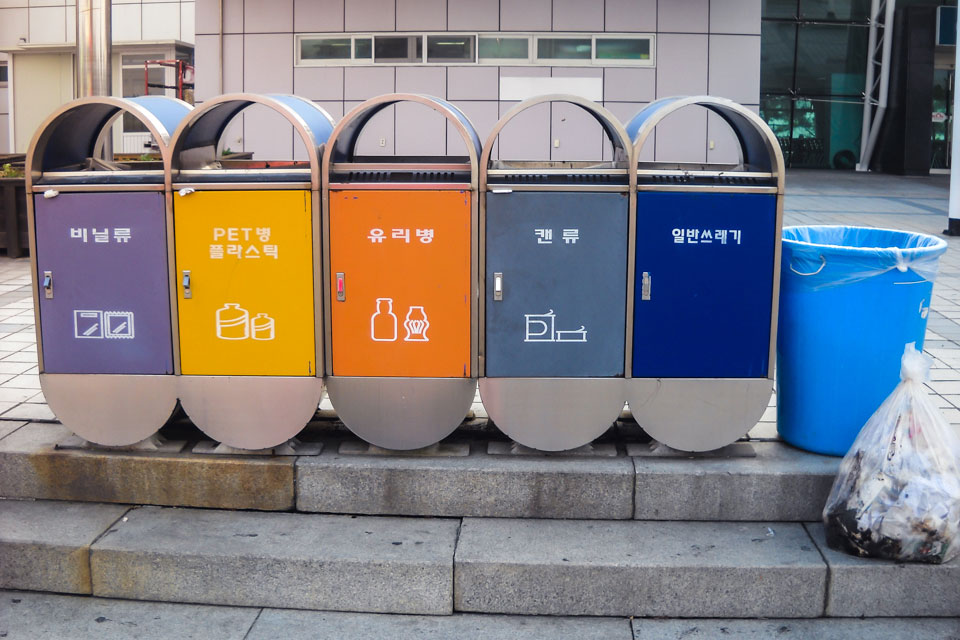
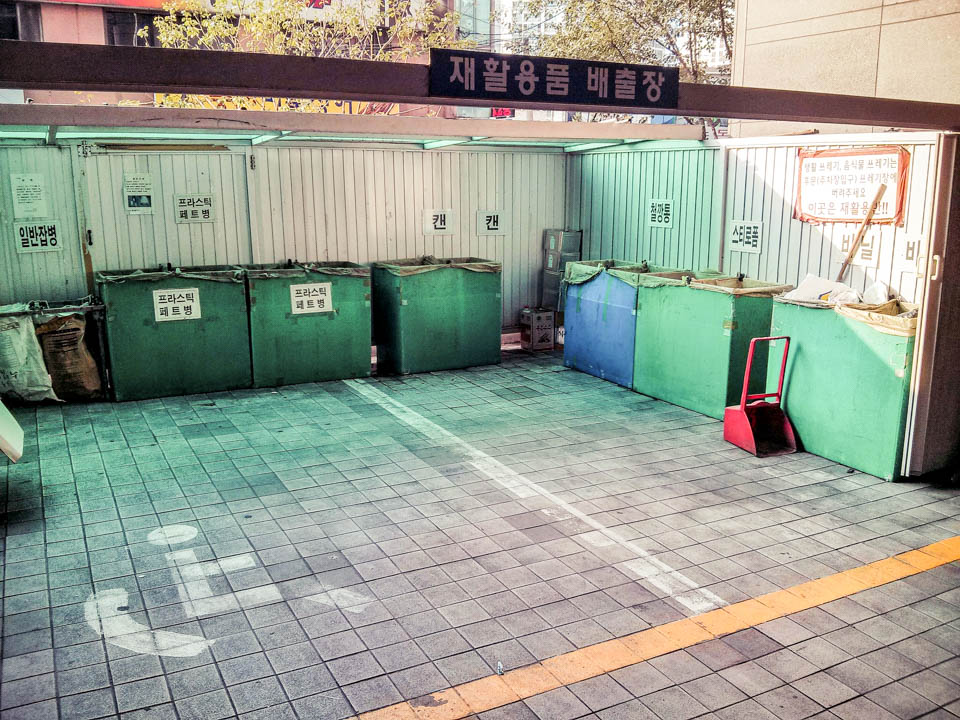
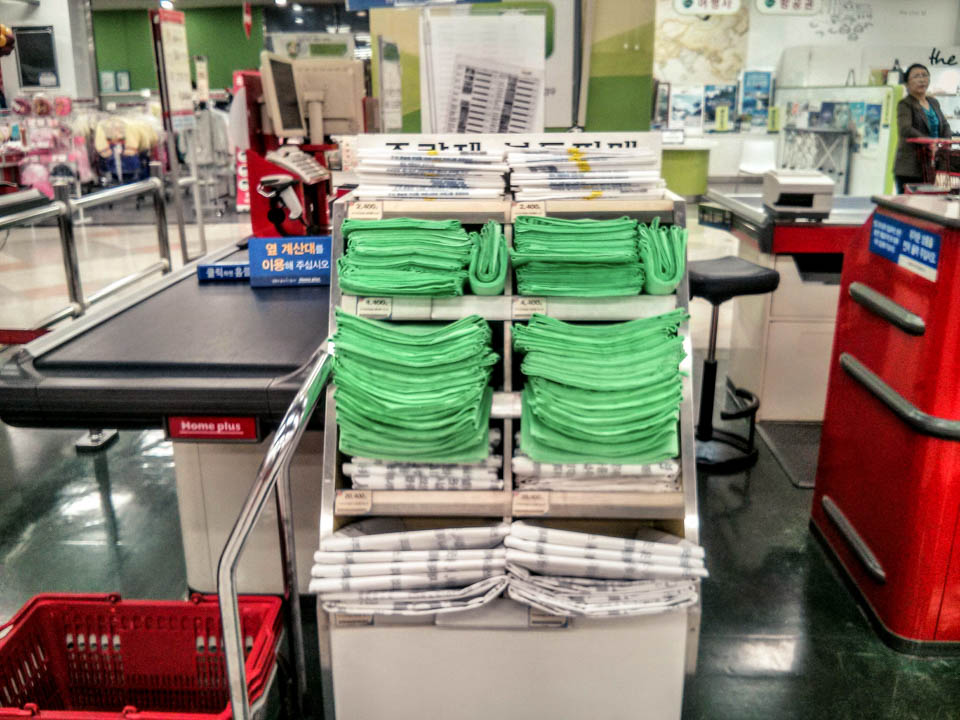
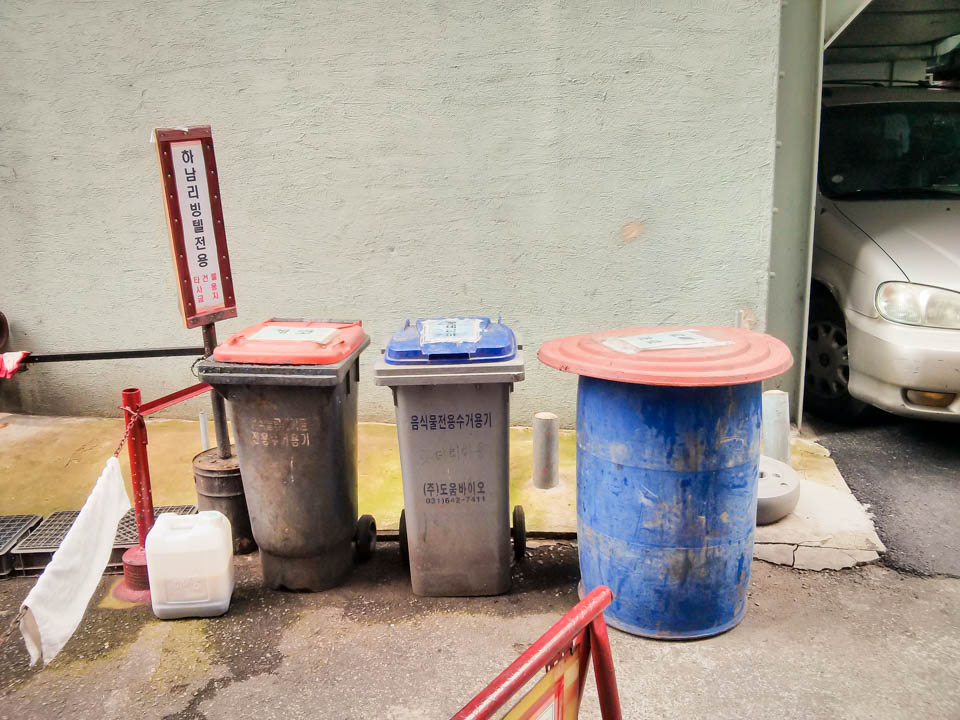

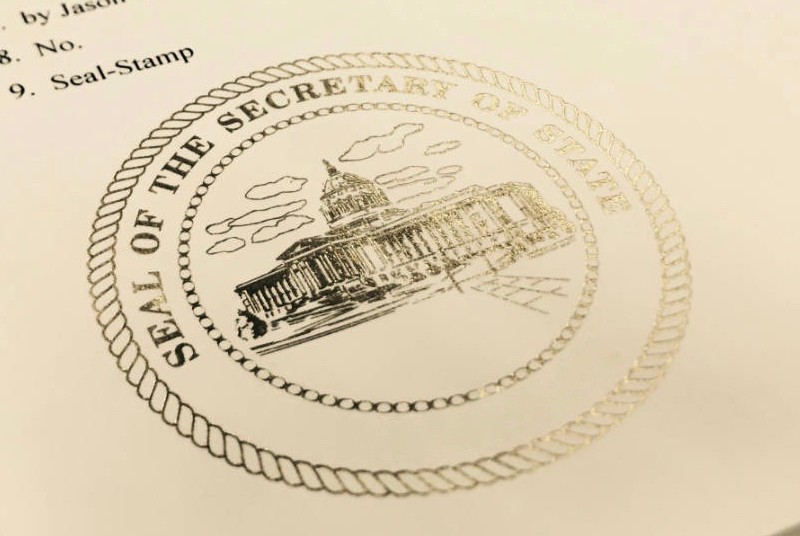

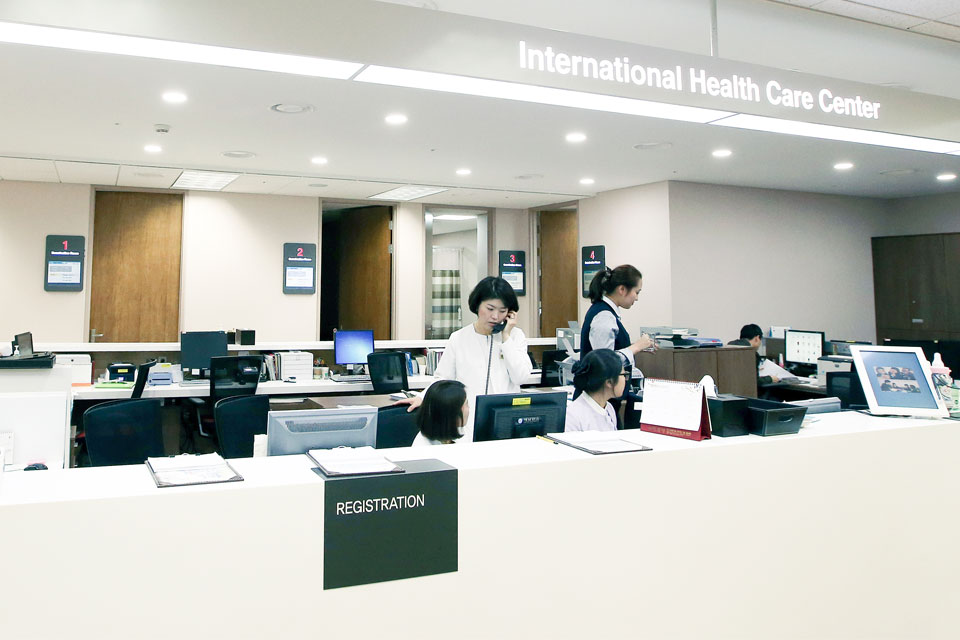

When I first came here in Korea, I was nervous to throw the garbage because there are many bins. I only learned their alphabet before coming here so I did not understand so I had to take a picture of the labels of the bins and send them to my husband to check if I was putting the bag in the right bin.
Bahar:
My name is Shahrzad Mohammadpour and I am wirting to you as a LG Global Challenger winner. My team has been awarded a prize in order to have a research trip to South Korea (fully sponsored by LG).
The field we have worked on is recycling and waste management. As we have been delving into different universities and institutes, we found your field related to our activities. So, on behalf of my team we would like to ask if we can pay a visit with you or your team.
Please inform us if there is an approval for this request.
Thank you and kind regards.
PS: if you want more information about LG GLobal Challenger check the link below:
https://m.koreaherald.com/view.php?ud=20170310000383#cb
I’m sorry shahrzad mohammad pour is a member of my team my name is bahar piryaee 🙂
Hi Shahrzad,
Please contact Henry ([email protected]) if you want to visit us. He might want to hear why you want to visit in advance.
Thank you.
one of my friends who came from the U.S.A. he is having problems to figure out which bin to use.
but when i was visited in Japan , that is more complecated . but very nice to know throw all the each items.
i am not sure. why i have to pay for left food , i bought from the supermarket what i am going to eat. and cook.
and if i am eating everything, i am going to be fat. but. i have a card to put on right place in the food bin.
and they measureing my left over food and then i have pay for them. it’s really pain in the axx.
This mentions in the food waste you should remove the bones, shells and anything inedible from the meal and that’s what you throw in the food waste bins. But what do you do with the bones and shells from the meal. Do they go into general garbage? If anyone could clarify it would be great.
I’m Korean and I learned that any inedible stuffs like bones, shells, or hard seeds cannot be food garbage. The point is that if animals can eat it’s food garbage and if animals cannot eat you have to categorize them as general wast.